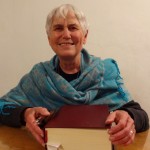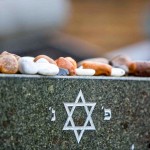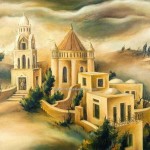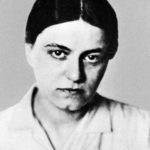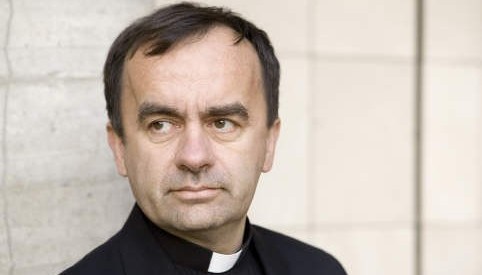
The Priest Uncovering Hidden Atrocities of the Holocaust.
For fifteen years, Father Patrick Desbois, a Catholic priest from Paris, has combed countless villages throughout Eastern Europe, asking that question of elderly residents. With his unassuming manner and clerical garb, people gladly open up him; many even invite him home for meals.
But these are no idle chats. When he finds people who lived in the village during World War II, Father Desbois then asks: were you here when the Jews were killed?
Far from recoiling at his questions, many witnesses seem almost glad to finally talk about those days when they witnessed their town’s Jews murdered en masse. In over one hundred research trips, yielding 4,485 videotaped testimonies, Father Desbois has uncovered 1,744 hitherto unknown, unmarked execution sites and mass graves. His work has revised estimates of the number of Jews killed in the Holocaust upward by up to half a million victims.
Father Desbois has uncovered 1,744 hitherto unknown, unmarked execution sites and mass graves.
Father Desbois’ interest in his work began as a young man. Growing up on his family’s farm in the Burgundy region of France, he was surrounded by secrets of the Holocaust – though he didn’t know it. His mother told him only recently that during the Second World War, their family sheltered dozens of Resistance members on their farm. A family cousin was killed in a concentration camp for her Resistance activities.
The biggest secret of all came from Father Desbois’ beloved grandfather Cornelius. The two were very close, but there was one episode in his life that his grandfather never talked about: his years imprisoned in a POW camp near the Ukrainian town of Rawa-Ruska during the war. He would only say “for us it was bad, for others it was worse.” As he grew up, Father Desbois realized his grandfather was referring to the town’s approximately 15,000 Jews.
Young Patrick developed an interest in Jews and Judaism. He studied Hebrew and visited Israel. Once he became a priest, he worked for the Catholic Church as a liaison to the Jewish community in Paris. He was offered the chance to visit Rawa-Ruska in 2002. He longed to see where his grandfather was held and was also interested in learning more about the fate of the town’s Jews. The visit enraged him and changed the direction of his life.
Meeting the town’s mayor, Father Desbois asked, “Mr. Mayor, where were all the Jews from the village buried?” Over a decade later, his anger and frustration with the official’s uncaring response is still palpable. “The mayor turned to stare at me and then, with an absent air, said ‘We didn’t know anything about that’.”
As he spoke with local officials, Father Desbois realized “everyone seemed to be ignorant of – or eager to hide – the very existence of the ten thousand Jews who had been shot in this little town back in 1942.” Father Desbois was shocked. “Ten thousand people shot cannot go unnoticed. I come from a small village and I know that if one person had been shot there, everyone would remember it – imagine ten thousand!”
A new mayor was elected and Father Desbois returned, asking again about the fate of Rawa-Ruska’s many Jewish citizens. As he recounted in a 2012 interview, the new mayor led him into a forest where about 50 elderly villagers were gathered in a semicircle. “You are standing on the graves of the last 1,500 Jews of Rawa-Ruska,” the mayor told him.


